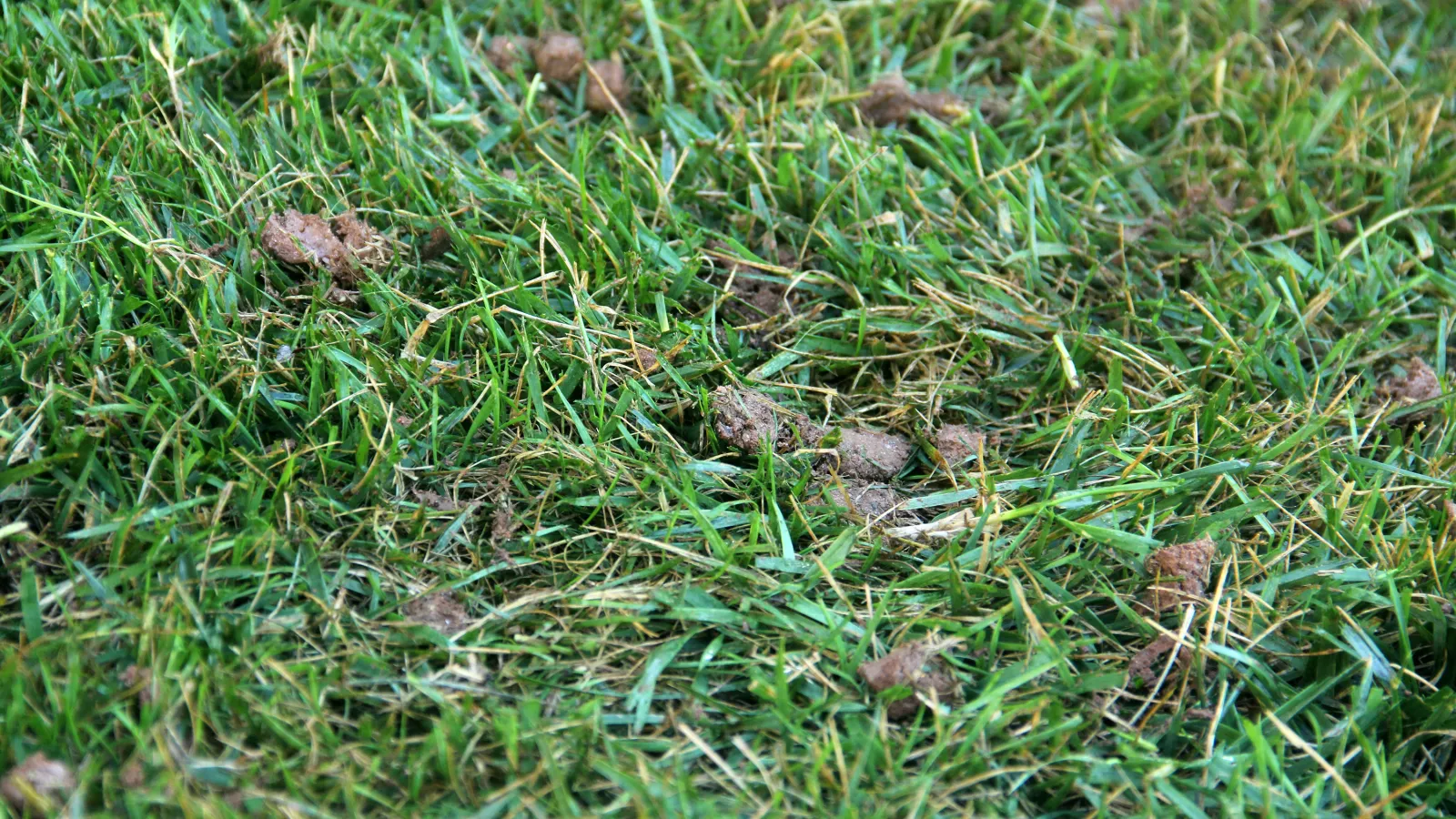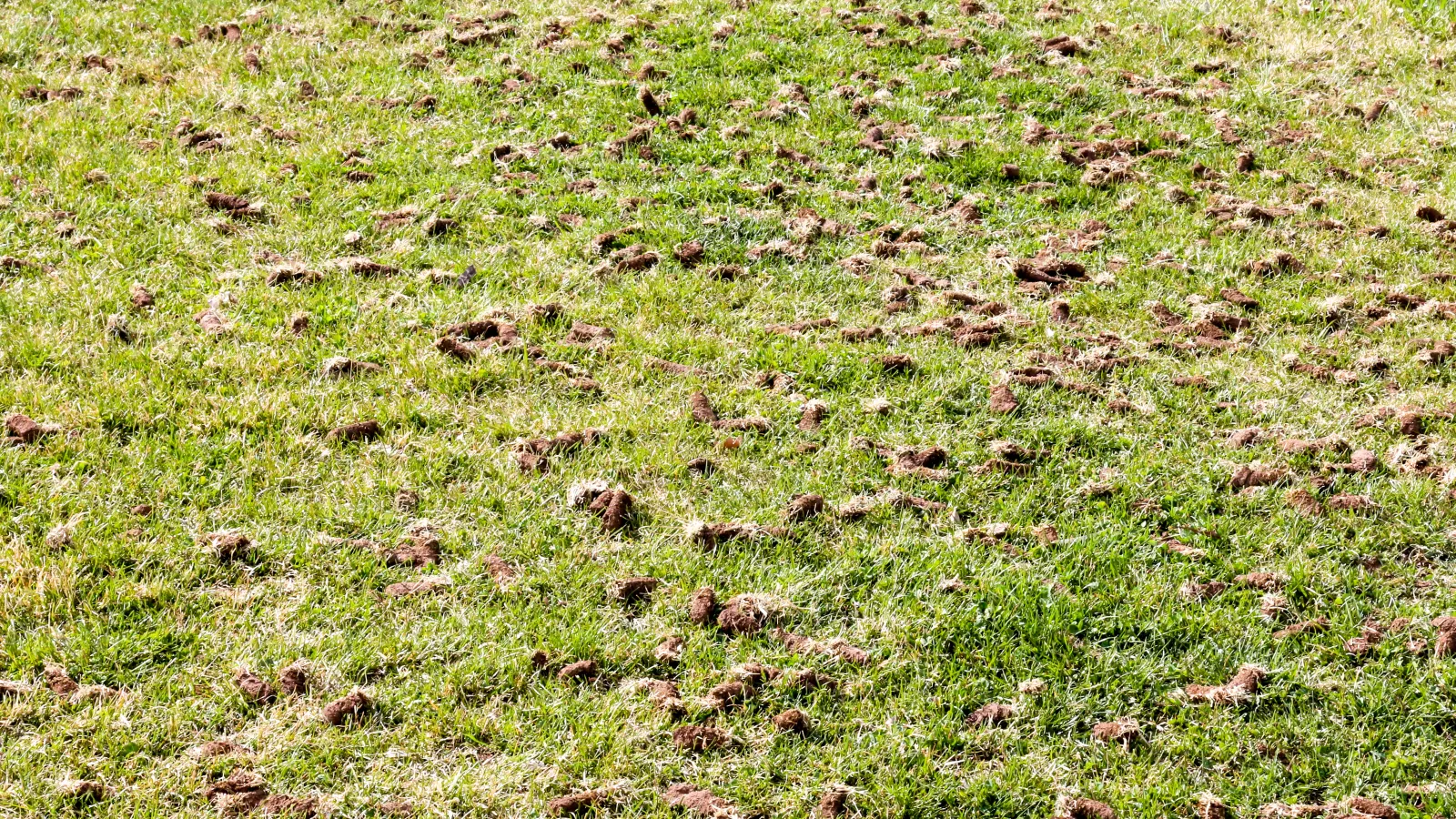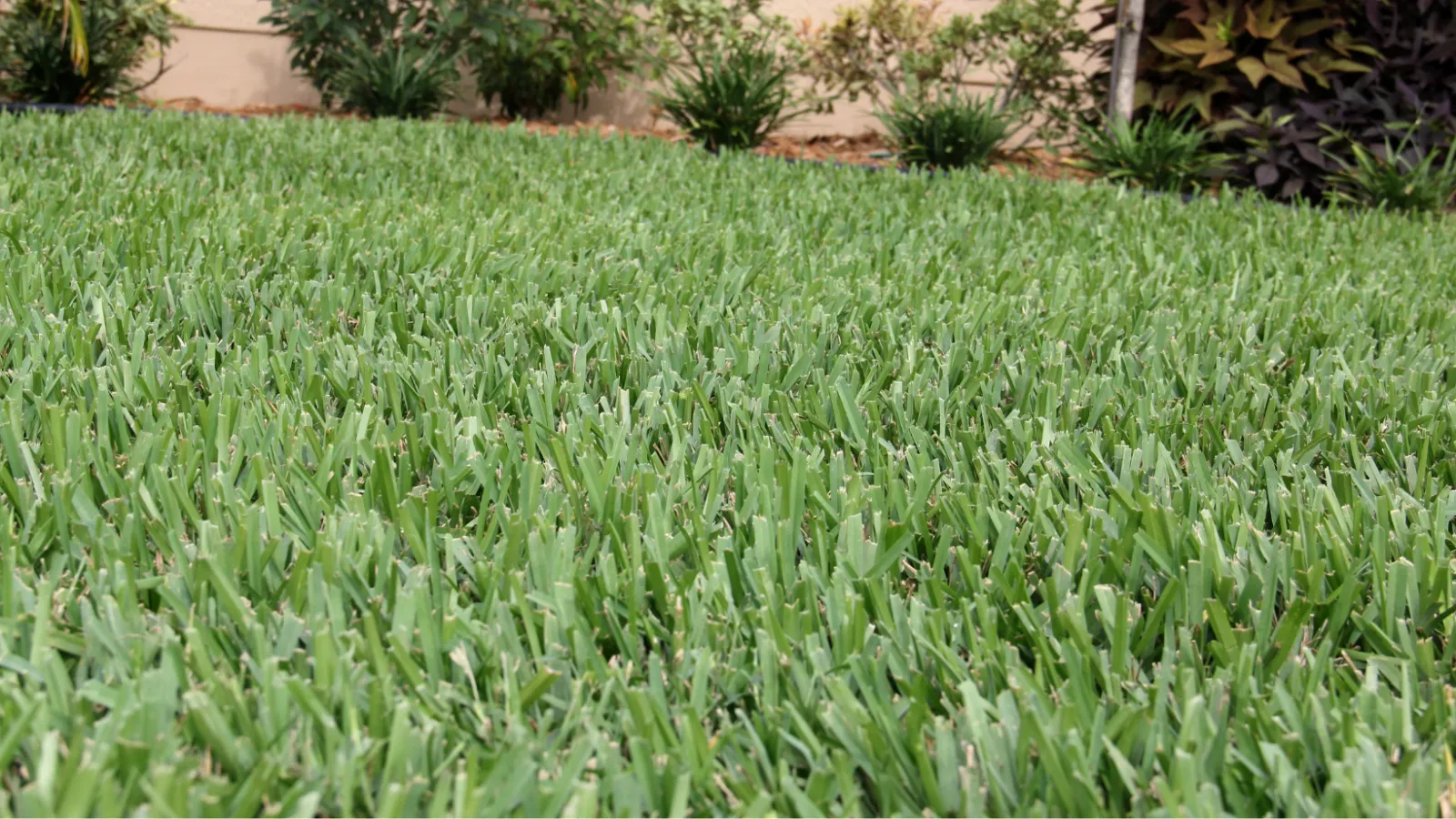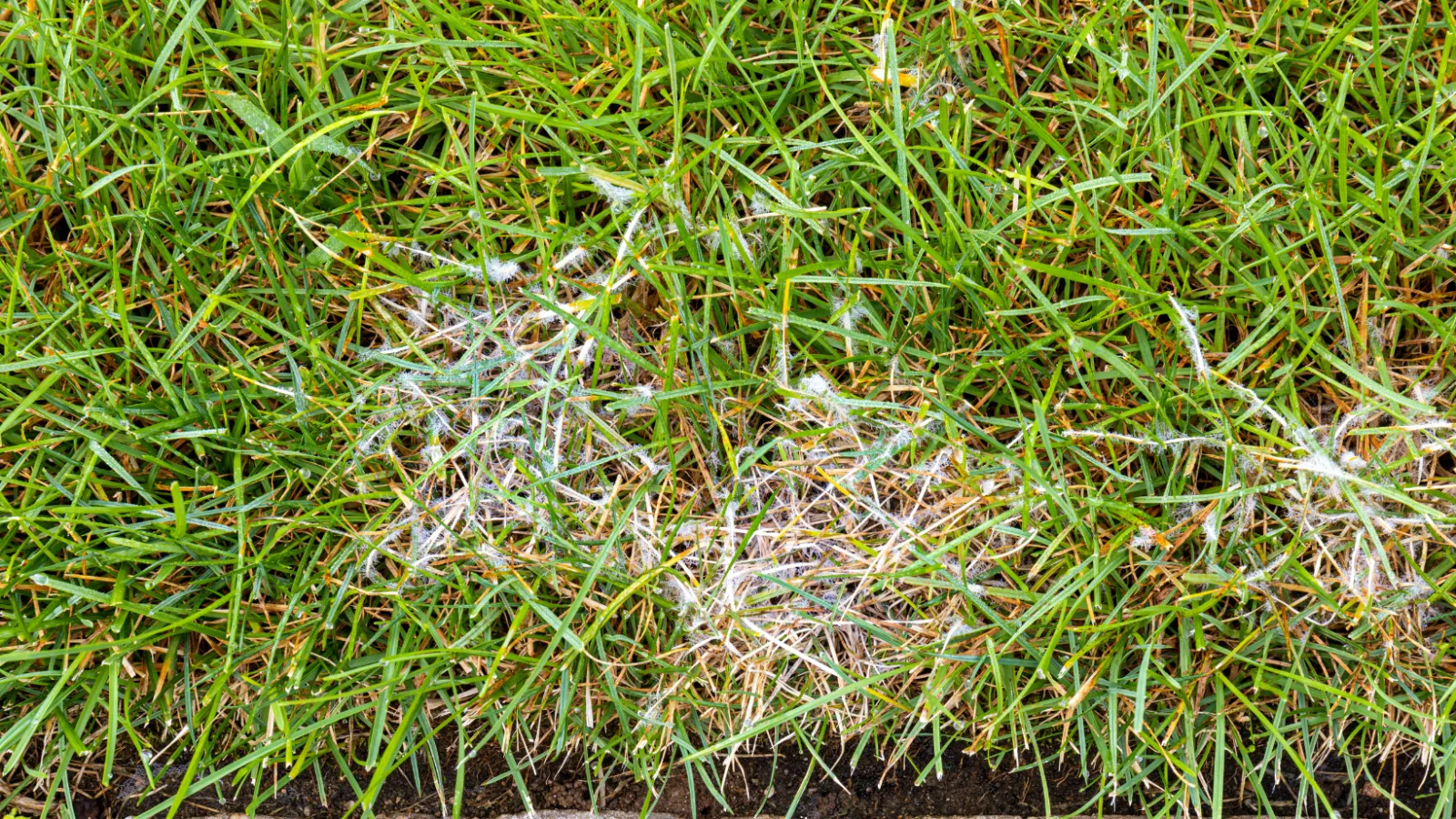
Benefits of Aeration
Core Aeration Basics
One of the most beneficial treatments you can complete annually for your lawn is core aeration. Warm-season turfs benefit from aeration when it is timed right and done properly. Keep reading to learn more about the Turf Masters core aeration, how it benefits your lawn, and the right time of year to have it completed.
What is Core Aeration?
Core Aeration is Turf Masters’ preferred method of aerating lawns. Our process involves removing plugs or “cores” of soil and thatch from the lawn with commercial grade aerators. Aerating your lawn reduces soil compaction, creating a channel through which oxygen, water and nutrients can penetrate the soil. Turf Masters aerates over the grass twice, providing “double-pass” coverage, to ensure the entire lawn is thoroughly decompacted.
Core Aeration Benefits
Over time, your lawn becomes compacted by rain, thatch buildup and foot traffic. The compacted surface prevents water, nutrients and air from reaching the turf’s root system.
Aerating promotes growth and improves the overall health of your lawn. Other benefits aeration include:
- Loose soil for better oxygenation
- Better water uptake in the soil
- Improved fertilizer uptake and use
- Reduced water runoff and puddling
- Stronger lateral turfgrass growth
- Improved root health for better drought and heat tolerance
- Decreased thatch
- Reduced soil compaction
- Prevention of Dollar Spot, Zoysia Patch and other lawn diseases
When is the Best Time to Aerate?
The best time for aeration is during the growing season, when the grass can heal and fill in any open areas after soil plugs are removed.
Warm-season grasses like Bermuda, Zoysia, St. Augustine and Centipede* should be core aerated every spring. For cool-season grasses like Fescue, early fall is the best time for aerating as well as seeding.
To find out more about our Core Aeration process, or to get on the schedule, contact us.
*We no longer treat Centipede lawns as of May 1 2022


